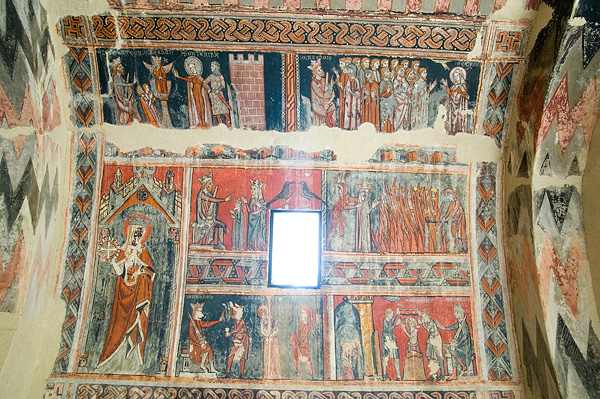
This small village on the Huescan plain stands out above all for the conservation of a first-rate artistic historical gem: the Chapel of Santa María del Monte.

What makes this chapel so attractive is first its location, on a hill a kilometer from Liesa, an area of great natural and scenic value. Secondly, and typical for the region, the chapel features Romanesque architecture and elements. And thirdly, its interior: Linear Gothic paintings decorate all walls, depicting the martyrdom of St. Valerius, St. Vicente, and St. Catherine. The entire complex was declared a National Monument in 1931.
Liesa’s Parish Church of San Pedro is found at the center of the village, which features several important houses like the “Casa Launa” (1795) and 18th-century “Casa Marqués”.
A Hispanic-Visigoth site is located nearby.
Liesa celebrates its annual festivals on January 18th in honor of St. Sebastian, and on May 15th.
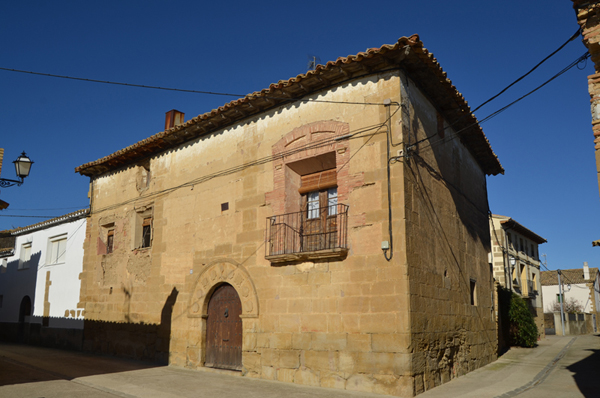
Its simple streets that mold to the terrain lead to the 18th-century Baroque church at the top of village.
The church is home to a rich collection of precious metal works that date back to the 17th and 18th centuries.
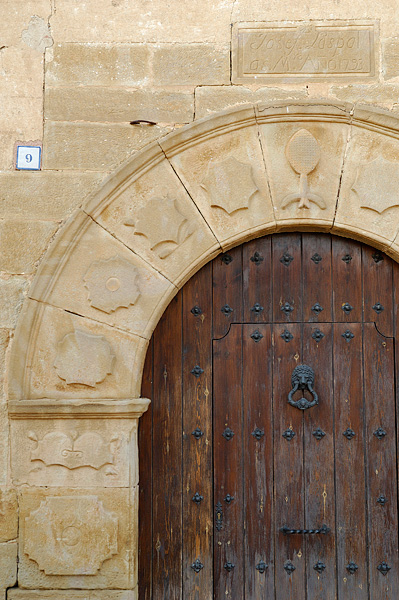
The Chapel of San Silvestre is located nearby.
The village celebrates its annual festivals on July 14th in honor of the saints Justa and Rufina, and on December 26th in honor of St. Stephen.
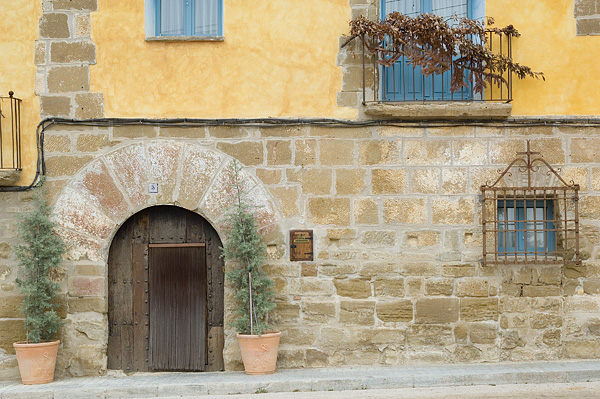
The small village of Arbaniés is located on a plain on the left bank of the Guatizalema River.
One of its most noteworthy sights is the Parish Church of Nuestra Señora de los Ángeles (late 12th-century Romanesque), which features a unique nave that finishes in a semi-circular apse topped by a half-domed vault. The wide nave and the presbytery are topped by a pointed vault. Additions made in the 17th and 18th centuries can be seen in the rest of the church. Also of interest are the 14th-century Gothic-style murals that have been preserved in the sanctuary.
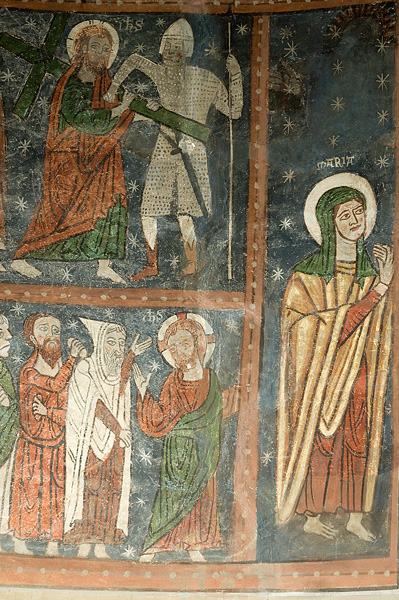
Arbaniés celebrates its festivals on August 4th and December 29th in honor of St. Sylvester.

This village in Hoya de Huesca is located on the banks of the Guatizalema River, on a gentle hill that makes it possible to take in all the fertile land that unfolds around it in one glance.
The village’s place name can be traced back to the “Septiumum Milliarium” of the Roman road between Ilerda and Osca.
Its urban layout is simple and adapts to the gradual ascent of the land. Little by little visitors will start to see country houses and buildings characteristic of Alto Aragonese architecture. Start from the restored washing fountain and ascend easily to the central area of the village, where its main square houses the Village Hall and the Parish Church of San Vicente Diácono Mártir. This Gothic building was built in the 16th century by master builder Martín de Zabala.
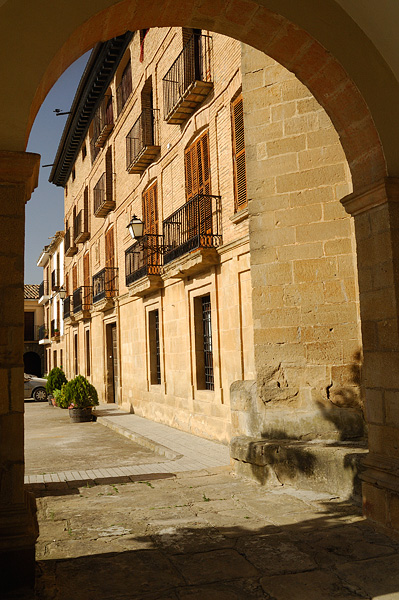
This is the birthplace of Pedro Pablo Abarca de Bolea and Ximénez de Urrea, 10th Count of Aranda, a prominent officer, diplomat, and industrialist who was at the service of the Crown in the 18th century during the splendor of the Enlightenment, when the four kings reigned: Philip V, Ferdinand VI, Charles III, and Charles IV. To the south of the main square are the remains of the village’s original castle and palace.
Nearby, a marked trail leads to a series of trenches that evidence the tough conditions on the Aragonese front during the Spanish Civil War. The well-known British writer George Orwell was entrenched here.
Siétamo celebrates its annual festivals on April 27th and December 18th.